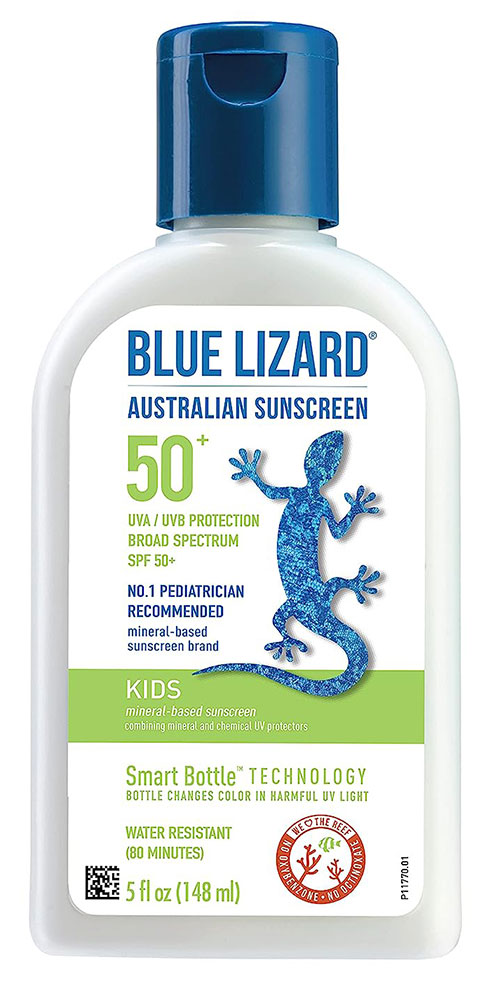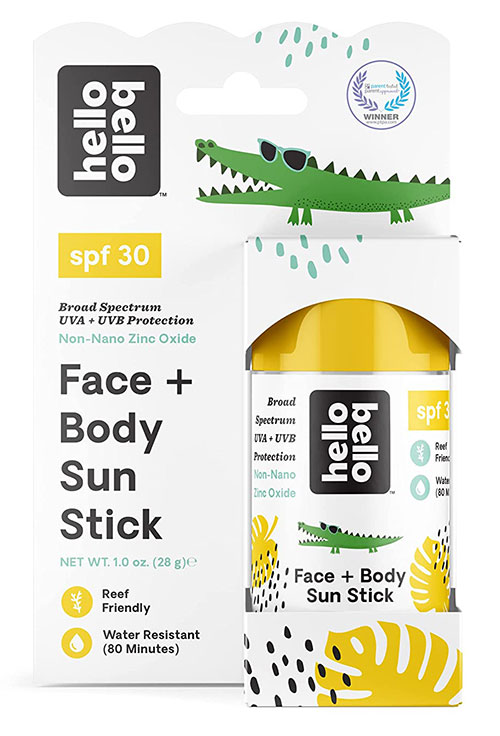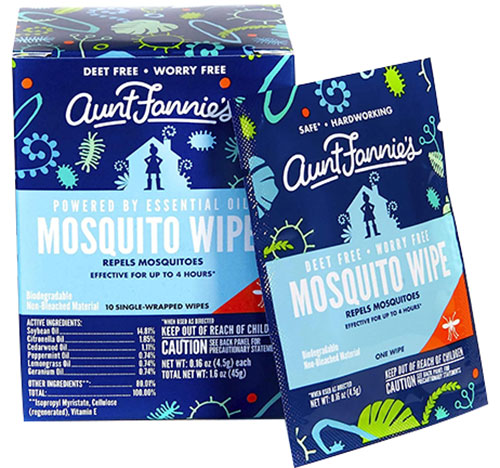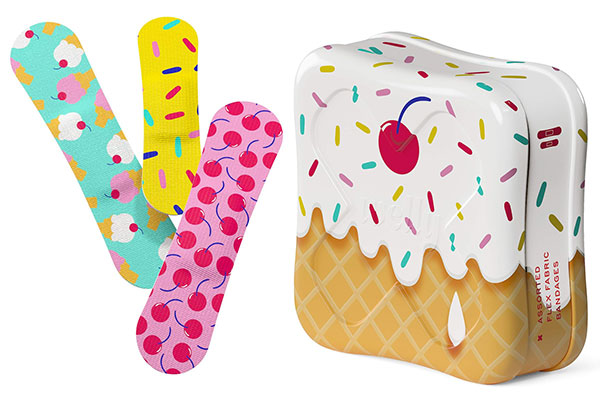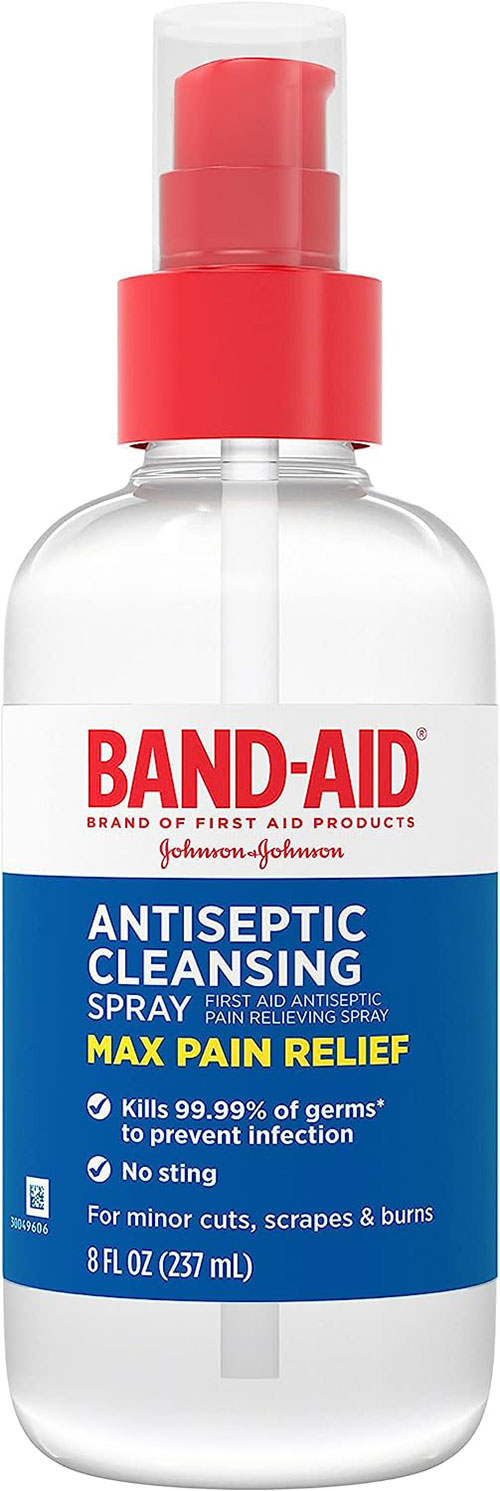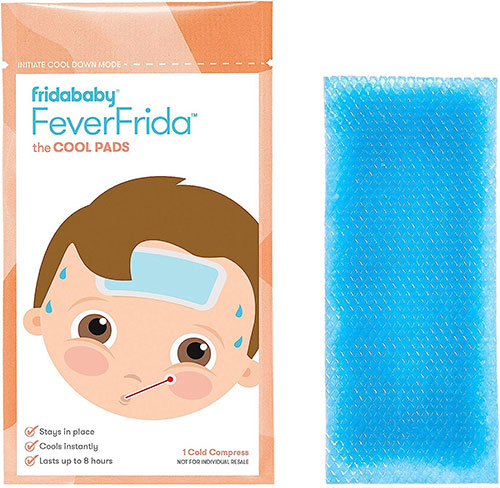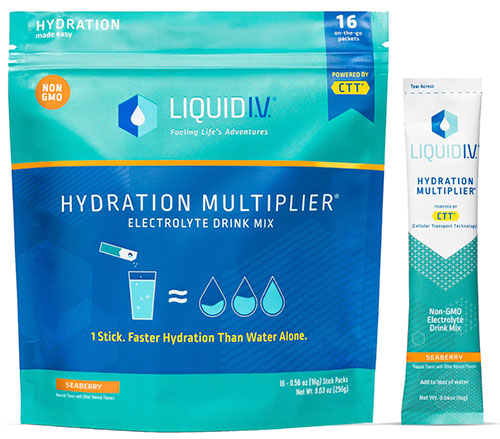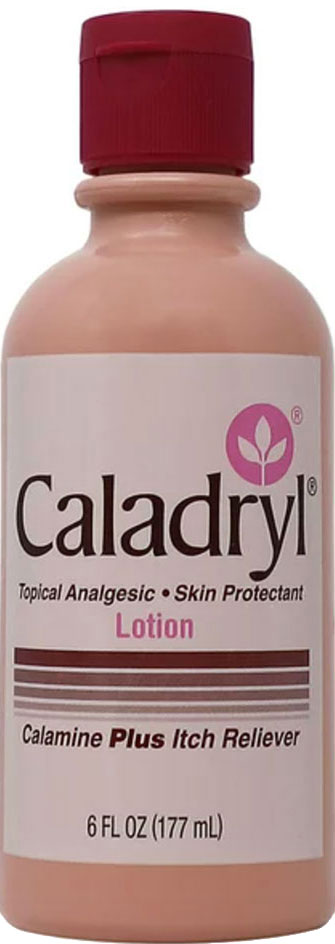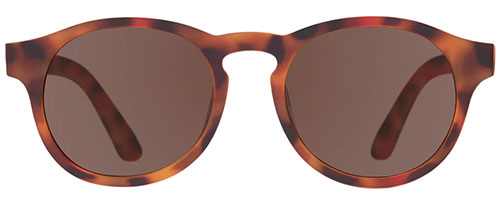Summer Safety Essentials for Babies and Kids
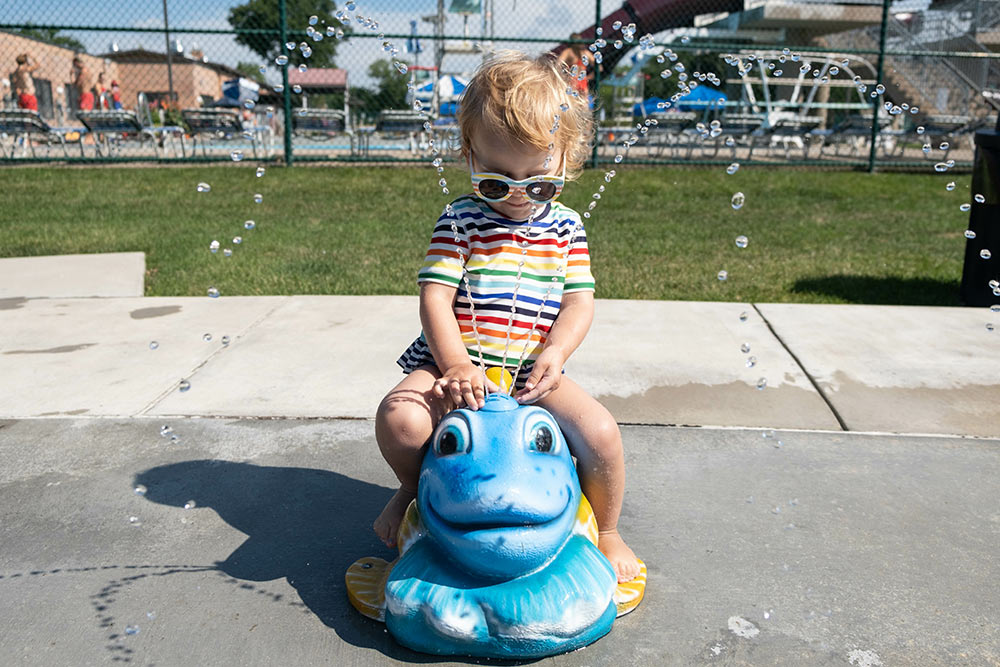
Keep these products well-stocked and within reach to protect kiddos from seasonal issues and ailments.
Please note that some products listed are linked to affiliate websites, and we may collect a small commission on your purchase.
With summer comes the opportunity to spend more time outdoors and enjoy a warmer daily dose of vitamin D—but not without proper protection. Children are notorious for getting immersed in an activity and forgoing food, water, and bathroom breaks—much less a reapplication of sunscreen or bug-repellant—for the sake of fun (just try pulling a kid out of a bounce house), and while we want our little ones to have a blast this summer, we also have to ensure they stay well. Risks of sunburn, overheating, dehydration, tick bites, poison ivy, and other threats are probable during the warmer months because kids are exploring their backyard, swimming in the pool, and enjoying day camps versus sitting in an air-conditioned classroom.
To be prepared, you’ll want to gather the right supplies for preventing and treating whatever boo-boos, burns, bites, or other health concerns come your way. While your standard first-aid kit may still come in handy, adding these summer safety products will ensure you’ve covered all the bases for enjoying hours of fun in the sun.
Mineral-Based Sunscreen
Mineral sunscreens offer more protection and are better for sensitive little ones with less risk of skin irritations and allergies. Look for a Zinc Oxide formula that’s also broad-spectrum, which blocks UVA and UVB rays. BLUE LIZARD was developed more than 20 years ago in Australia, where products for sun protection have higher standards for water resistance than in the US.
Parents love this product because it’s easy to apply, fragrance-free, and it comes with Smart Bottle Technology that turns the bottle blue whenever harmful UV rays are present, reminding busy parents it’s time to reapply. BLUE LIZARD offers mineral sunscreens for babies and kids; the main difference is that the kid formula is water- and sweatproof, so once your tot starts moving, consider making the switch. For infants younger than 6 months, the American Academy of Pediatrics (AAP) encourages parents to avoid peak hours of sunlight (between 10 a.m. and 4 p.m.), dress their baby in UV-protective clothing (including a sun hat!), and stick to the shade when possible. Ages 6 months+
Face Sunscreen Stick
Despite the importance of SPF, children often resist applying it to the face, ears, and neck; a sunscreen stick makes application easier with better accuracy and less waste. This broad-spectrum face and body Sun Stick from Hello Bello contains a non-nano Zinc Oxide formula (meaning the Zinc Oxide particles are larger than 100 nanometers and won’t penetrate the skin, creating the safest option of UV filter) that’s water resistant for up to 80 minutes and safe for coral reefs. It’s free of phthalates, parabens, and fragrance, and it gently rolls onto your tot’s skin with minimal tugging. You can even let your little one practice applying sunscreen with this no-mess formula. Ages 6 months+
Mosquito Repellent Wipes
Mosquitos are the ultimate summer pests that can carry and spread viruses like West Nile and Zika to people and animals. If applying bug-repellant spray feels too cumbersome (especially on top of sunscreen), try these DEET-free Aunt Fannie’s Mosquito Wipes instead. Each individually wrapped wipe is packed with essential oils like peppermint, lemongrass, cedarwood, geranium, and citronella, offering up to four hours of protection without harsh chemicals. While each wipe is single-use, there’s enough repellent per packet to cover more than one child. This mess-free process prevents spills and getting sprayed into the eyes and mouth, all while repelling mosquitos from biting your baby’s precious skin. Ages 6 months+
After-Sun Spray
Despite your best efforts, sometimes little ones may get too much sun. For burns and sensitivity, enlist the help of Babo Botanicals After Sun Soothing Mist. A calming plant-based formula of organic aloe vera juice and glycerin calms irritation and moisturizes affected areas. The touch-free application rehydrates the skin and creates a protective barrier to prevent further moisture loss on the face and body. It’s gentle enough for everyday use and is suitable for all ages.
“Fun” Bandages
We know you already have these at home, but it’s a good idea to up your inventory with summer’s increased playtime. Whether your tot scrapes another toe during bike riding because they refuse to wear shoes, or they simply want a bandage because it seems to make everything better—obvious boo-boo or not—these Bravery Bandages from Welly will do the trick. The flexible waterproof fabric is easy to place and stays put after your little one returns to their activity. We love that each tin container has assorted sizes and three lively prints that will make your child smile. They offer a wide range of themed bandages, including ice cream, dogs, monsters, dinosaurs, space, garden, and more.
Antiseptic Spray
For minor cuts, scrapes, and burns that need a little extra attention before being patched up, reach for Band-Aid Brand’s Antiseptic Cleansing Spray. Your kiddo will appreciate the touch-free application and the no-sting formula that kills 99.99% of germs to prevent infection. (Let’s be real: you have a much better chance of cleaning the affected area with this approach, right?) The spray relieves pain and discomfort upon contact and gently cleans the wound to expedite the healing and keep your little one comfortable.
Wearable Cooling Pads
If your child shows signs of overheating or heat stroke, you’ll need to act fast to help them cool down. A wearable cooling pad, like these forehead patches from Frida Baby, is a quick way to administer some relief while you help your child drink fluids and assess their condition. (Note this is only one of many actions to take if you suspect overheating.) These patches stay in place and offer instant cooling for up to eight hours—no refrigeration required. The skin-safe gel pad is non-toxic and can be cut to fit your little one’s face. Ages 2+
Hydrating Drink Mix
Ensure busy bodies get adequate hydration with this electrolyte drink mix from LIQUIDI.V. It uses Cellular Transport Technology (CTT) to hydrate faster and more efficiently than water alone. This pack comes with 16 single-serving sticks that are easy to take while on the go and won’t make as much of a mess when transferring to water. Each packet contains triple the amount of electrolytes in traditional sports drinks and five essential vitamins: B3, B5, B6, B12, and vitamin C. Choose from 13 different flavors and four bulk amounts, ranging from 16 to 64 per pack. Ages 4+
Itch-Relief Lotion
Another problem your little explorer may encounter while traversing through wooded areas is brushing against poison ivy and developing an uncomfortable rash. Caladryl lotion contains Calamine, which temporarily relieves itching and pain associated with common skin irritants by forming a protective barrier over the affected area and warding off other irritants or allergens, accelerating the healing process. Caladryl is also effective against other skin issues, including diaper rash, prickly heat, sunburns, and insect bites.
Kid-Friendly Sunglasses
While you might not find sunglasses in your first-aid kit, a pair of sunnies with protective lenses is a must-have this time of year. Fan-favorite brand Babiators makes stylish sunglasses for babies, toddlers, and big kids that are durable and safe with UV400 lenses to shield your child’s eyes and surrounding skin from 100% of harmful UVA/UVB rays. Each pair of frames is shatter-resistant, flexible, and won’t break when bent, twisted, or stepped on. They’re also BPA-free and undergo rigorous testing to ensure they’re safe for your kiddo in all ways. Ages 0 to 6 years


